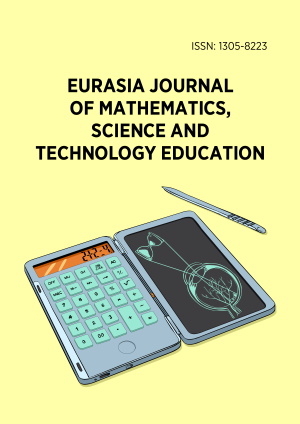Abstract
This study explores the integration of FigureNotes–a color-coded music notation system–and the Musical Jumping Pad–a multisensory music technology–within the holistic music educational approach for young children (HMEAYC) improve sensory processing and learning behaviors in preschool children with autism spectrum disorder (ASD). A quasi-experimental design was implemented with 33 participants (17 with ASD and 16 typically developing children), randomly assigned to either an intervention group receiving HMEAYC-based multisensory music instruction or a control group following a standard curriculum. Pre- and post-intervention assessments were conducted using the sensory profile (SP) and the teacher rating scale of the social behavior assessment system for preschool (SBASP), focusing on auditory, visual, and tactile processing, along with learning habits and performance. Results indicated significant improvements in the intervention group across all SP and SBASP subscales, with especially strong gains in tactile processing and learning performance. These findings underscore the efficacy of synchronized multisensory music interventions in supporting sensory integration and behavioral engagement in young neurodiverse learners. The study contributes to the field of inclusive early childhood education by demonstrating how technology-enhanced music education can be both culturally adaptive and developmentally responsive. Future studies should examine the long-term impacts and cross-setting applicability of such interventions.
License
This is an open access article distributed under the Creative Commons Attribution License which permits unrestricted use, distribution, and reproduction in any medium, provided the original work is properly cited.
Article Type: Research Article
EURASIA J Math Sci Tech Ed, Volume 21, Issue 7, July 2025, Article No: em2664
https://doi.org/10.29333/ejmste/16566
Publication date: 04 Jul 2025
Article Views: 4024
Article Downloads: 2753
Open Access References How to cite this article
 Full Text (PDF)
Full Text (PDF)